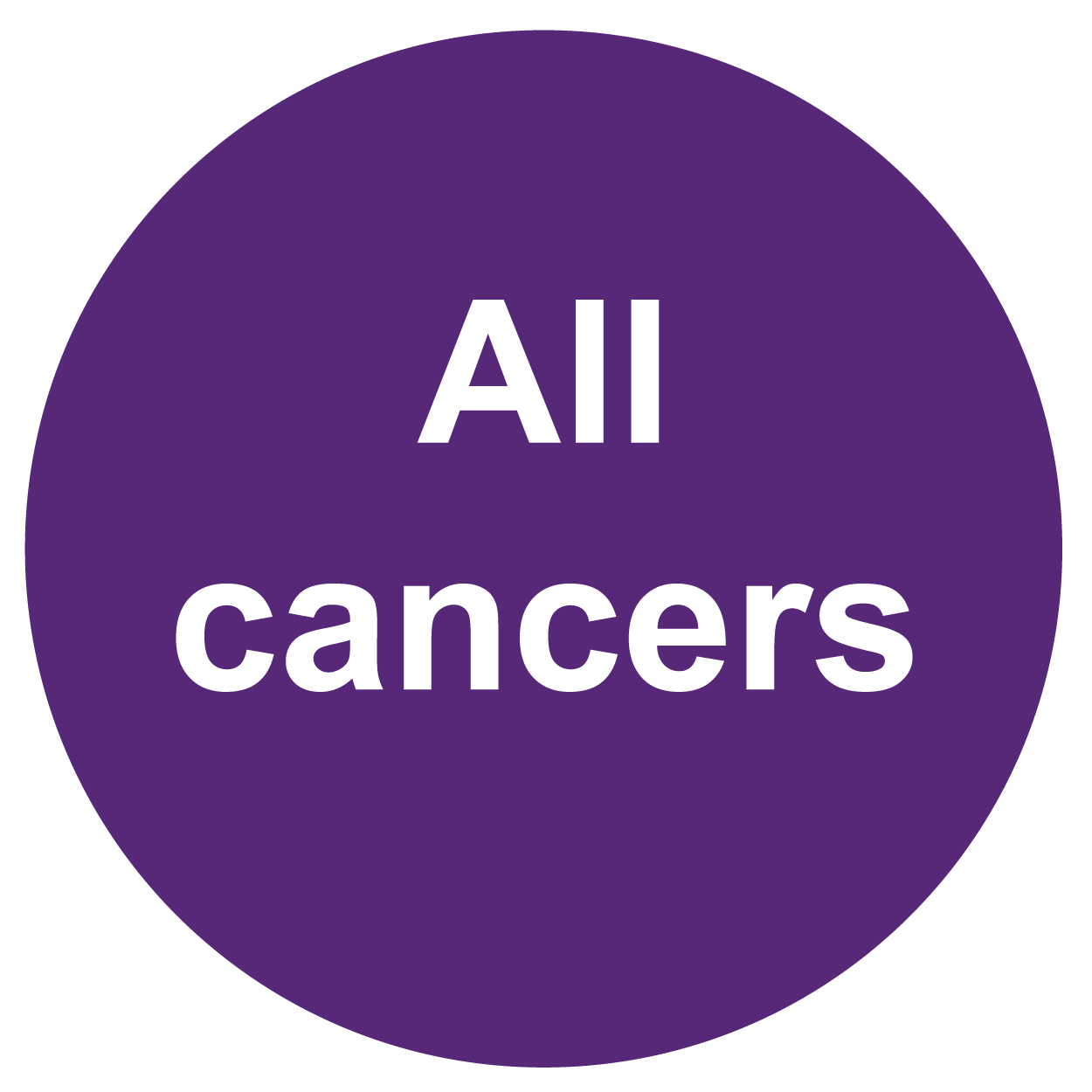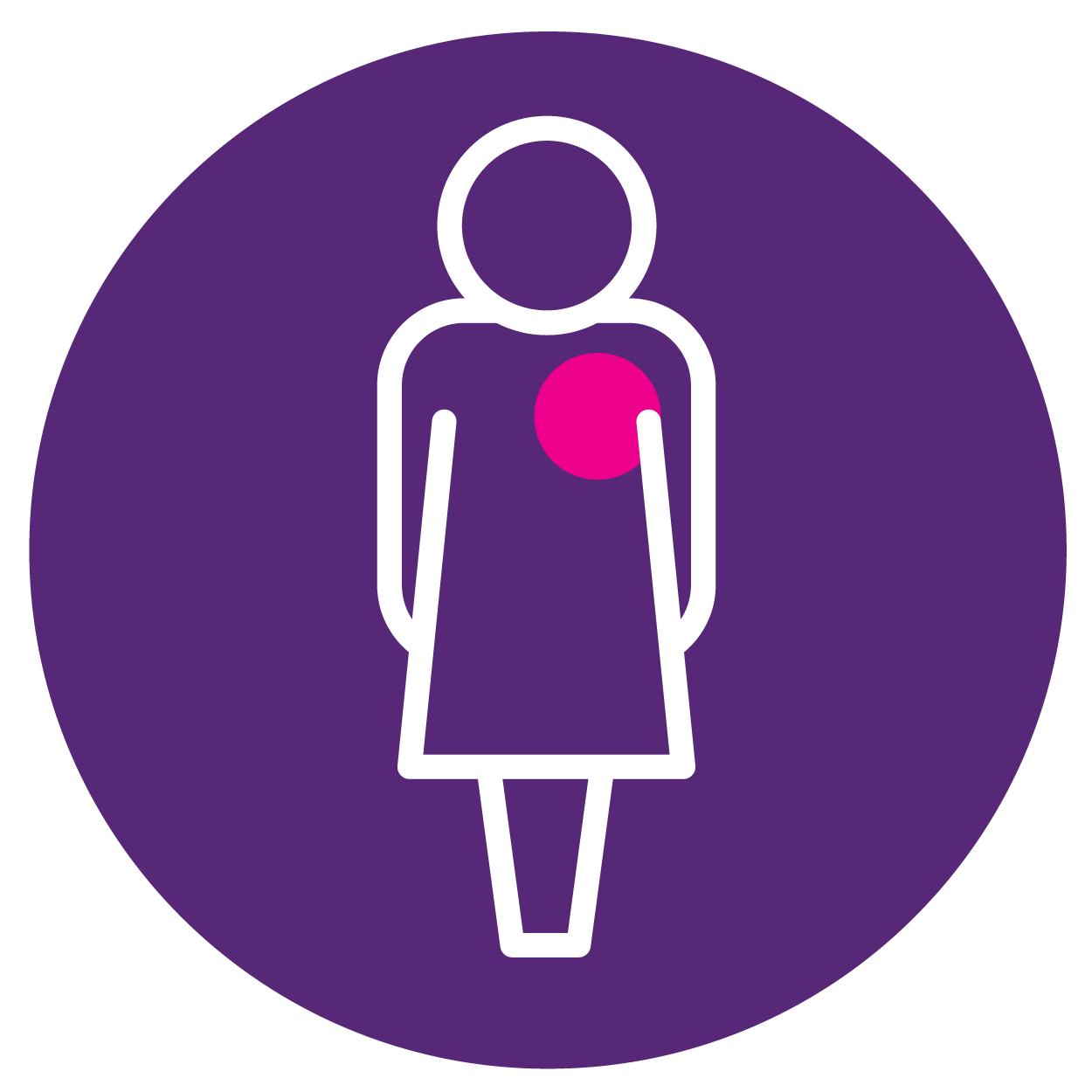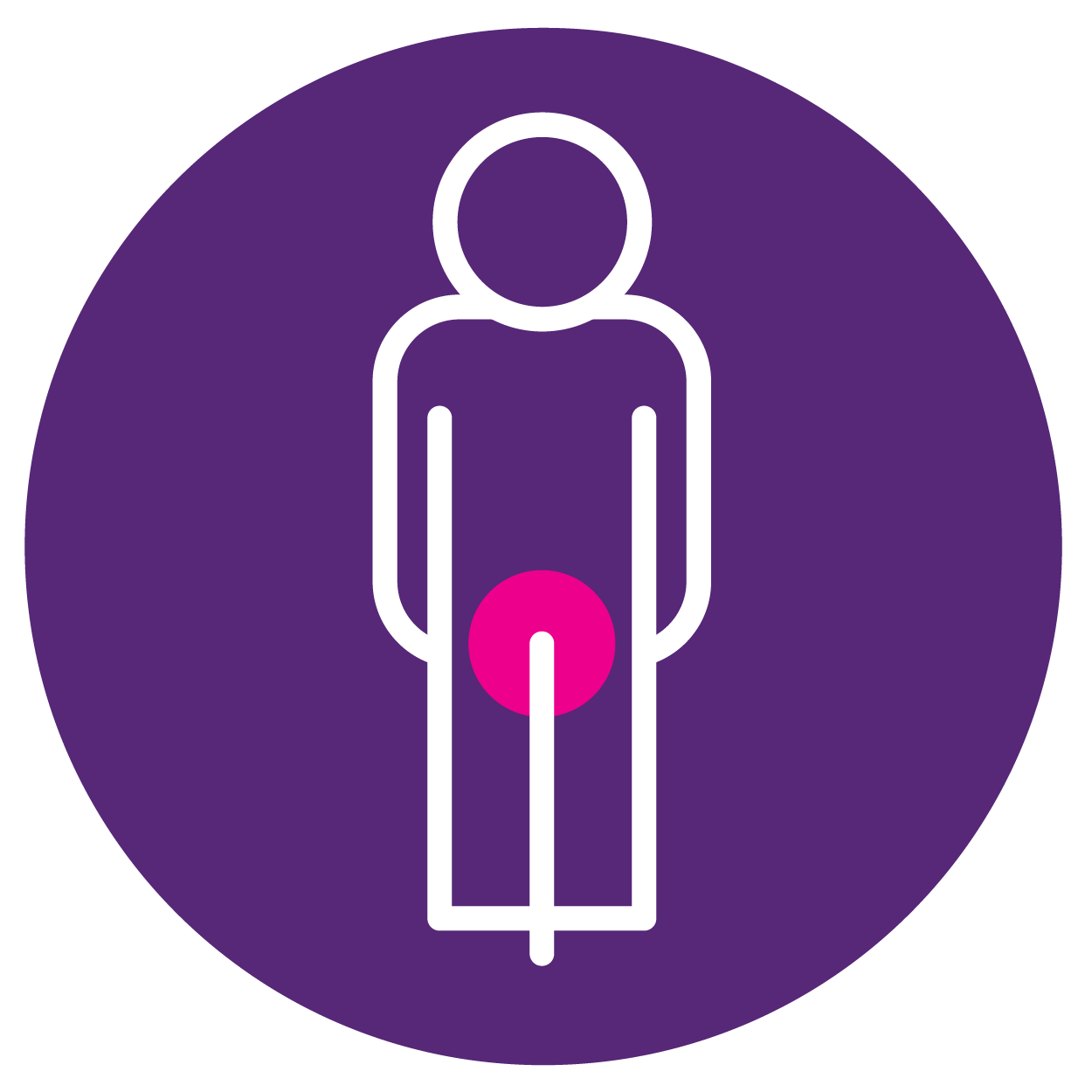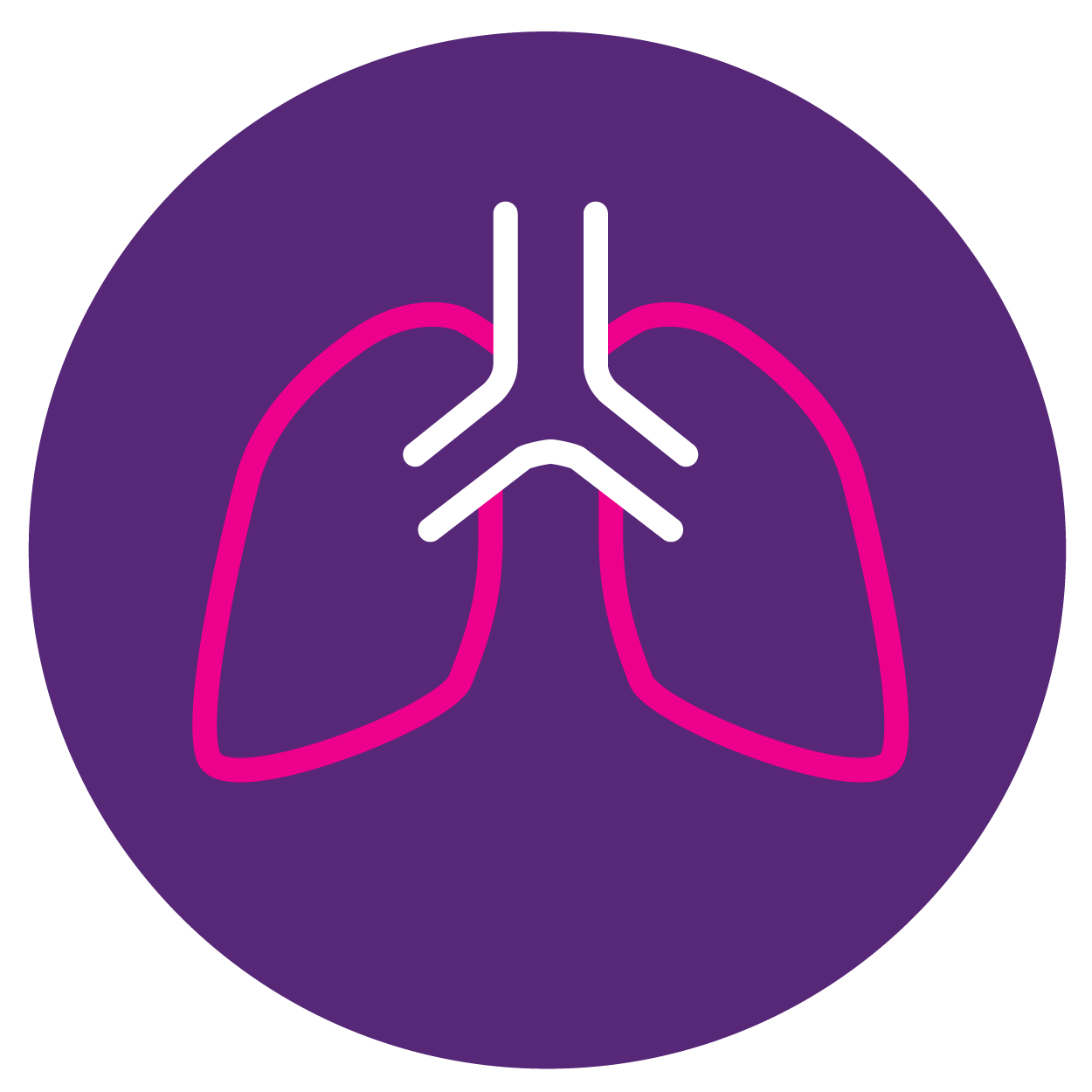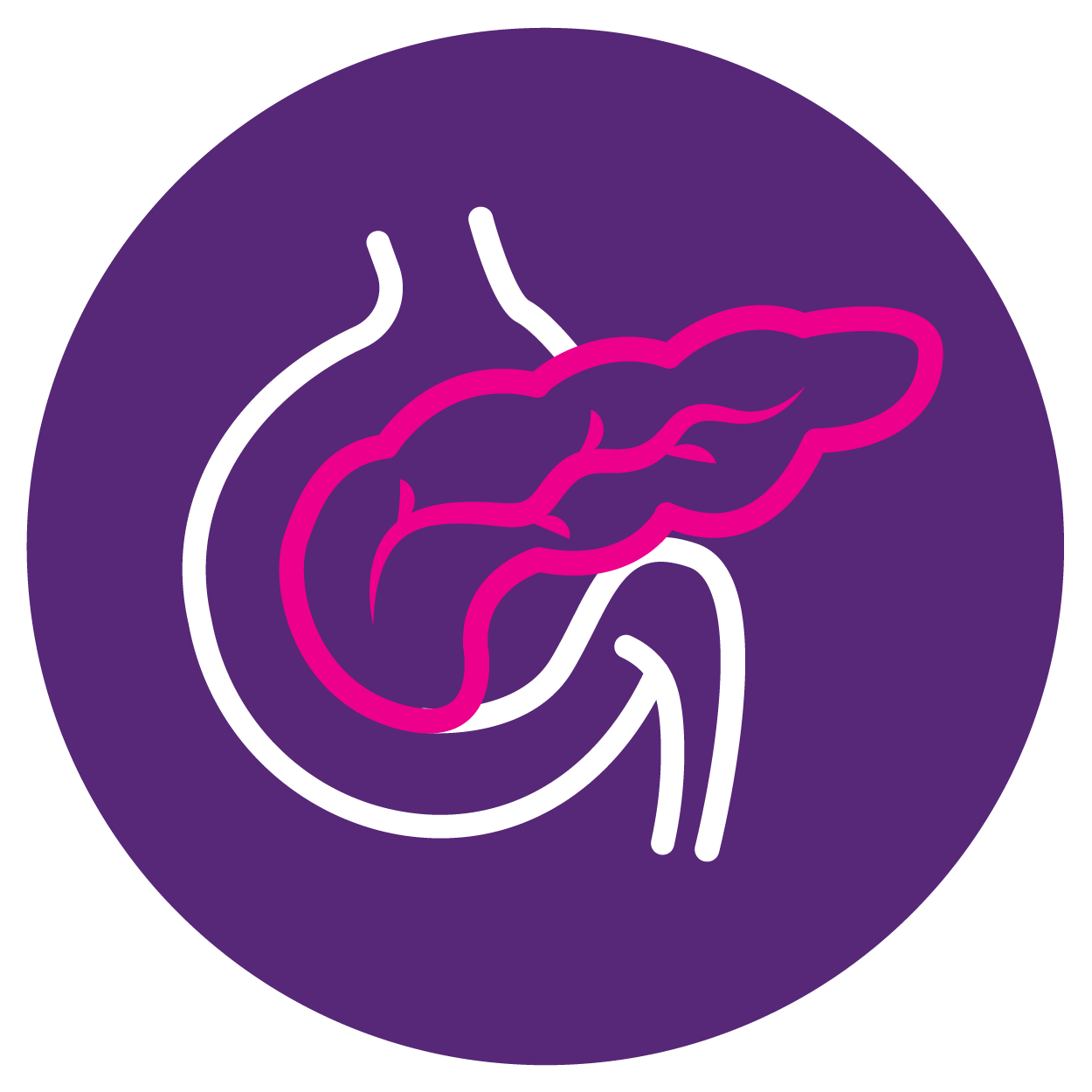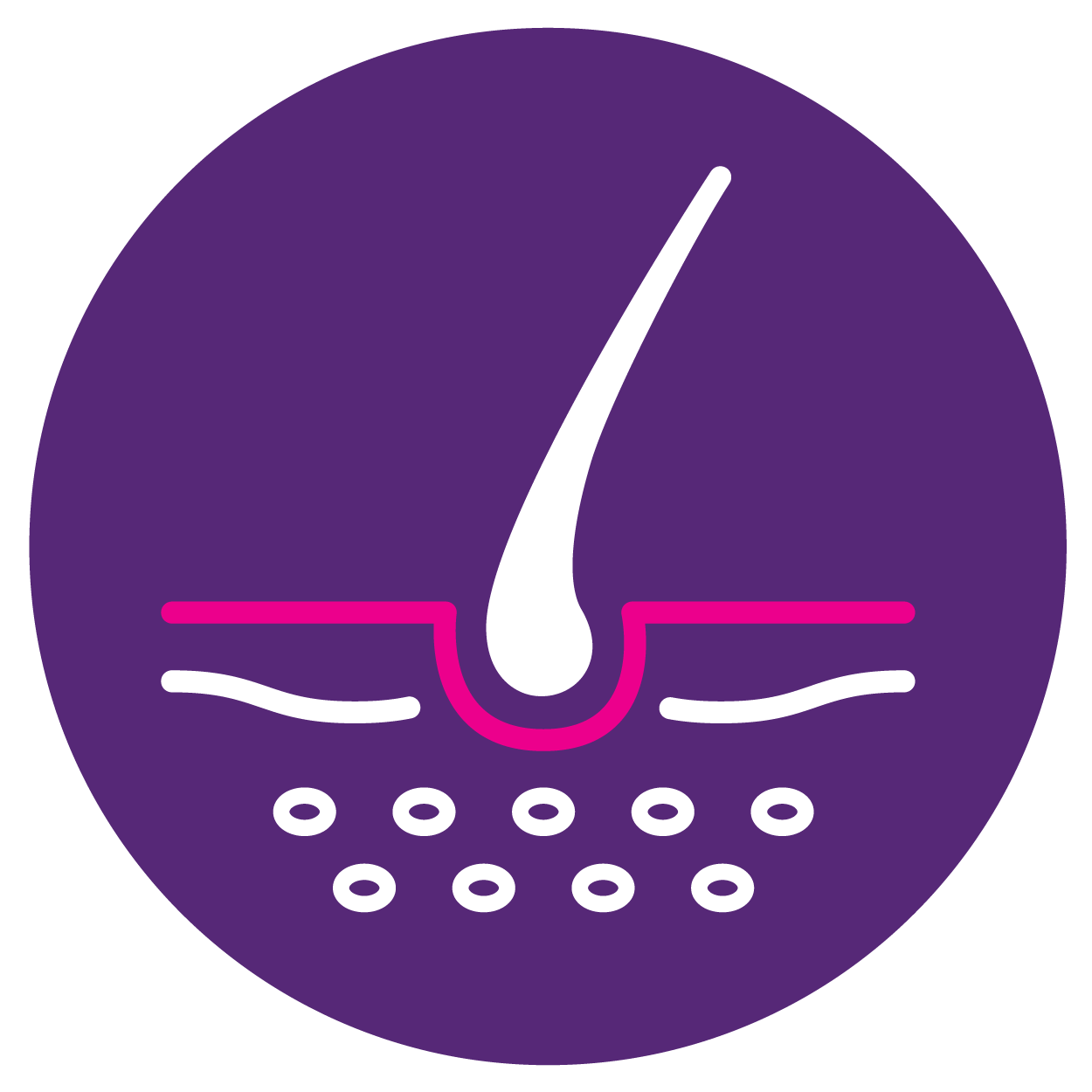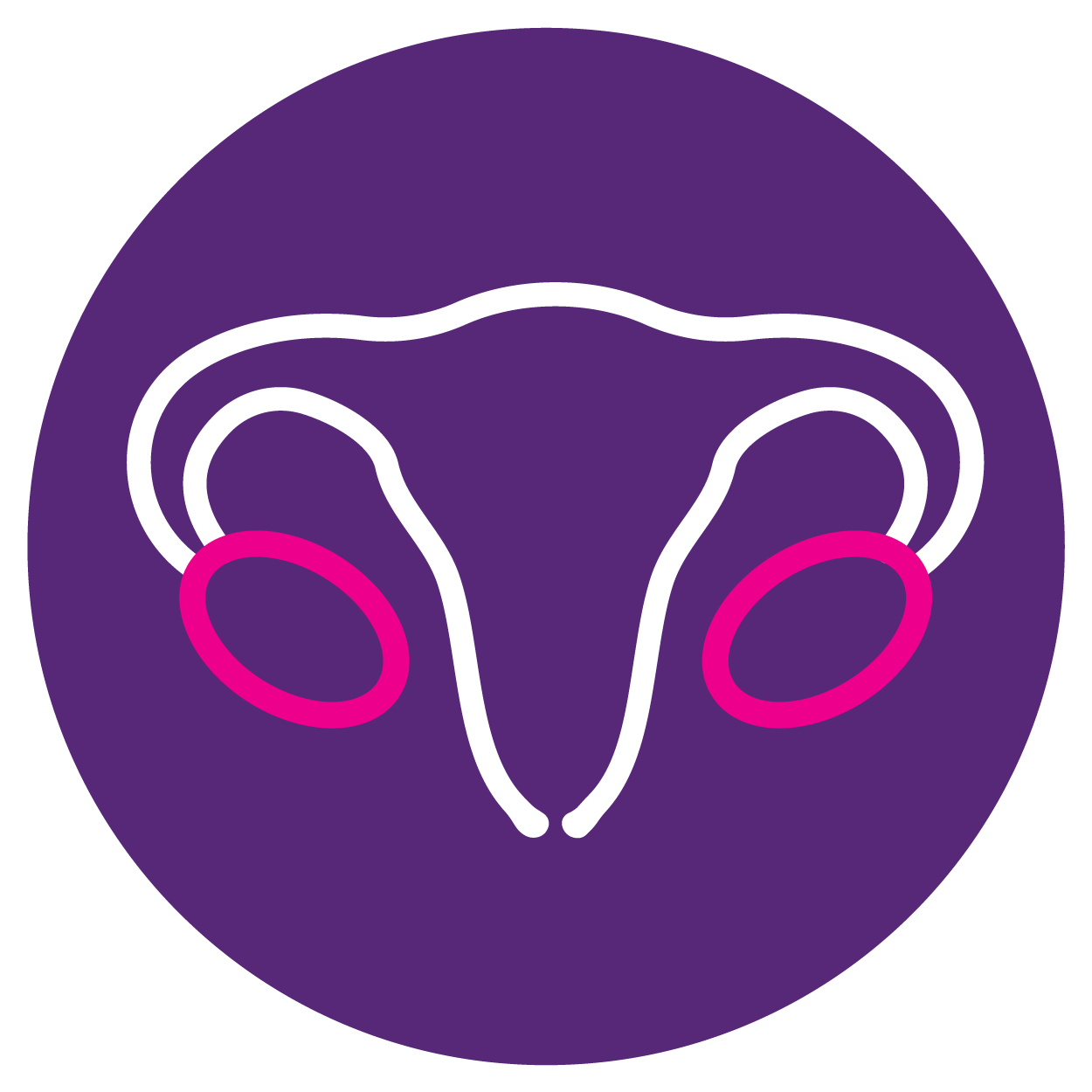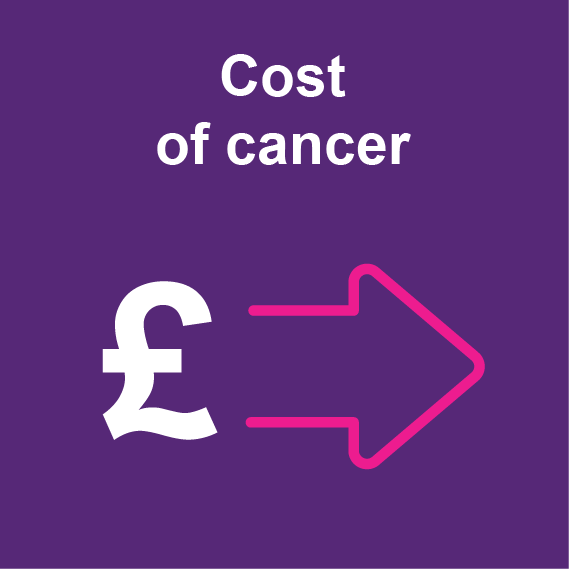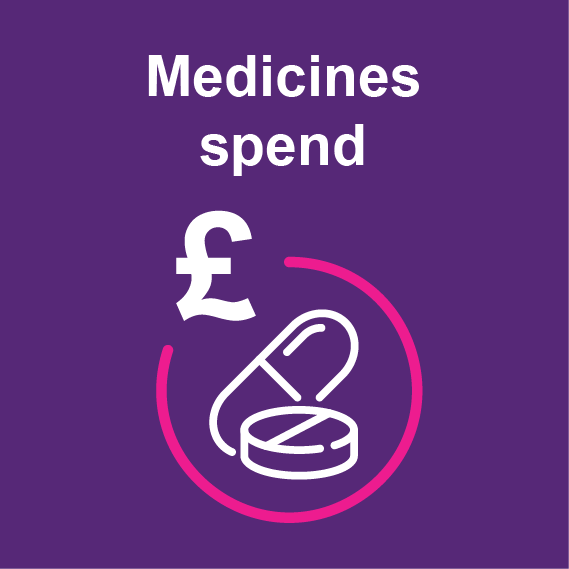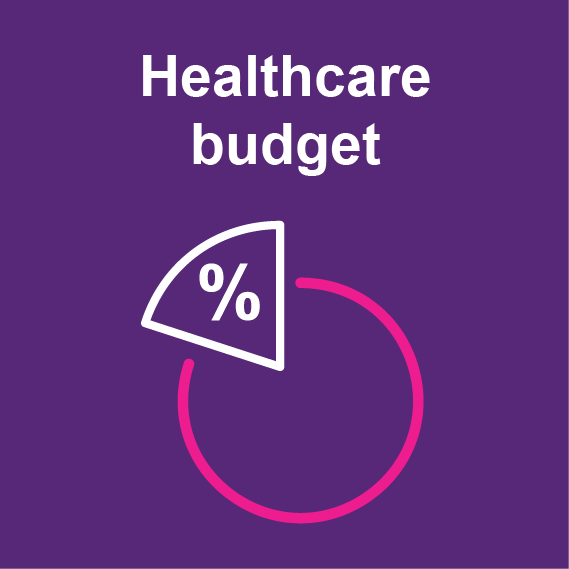All cancers
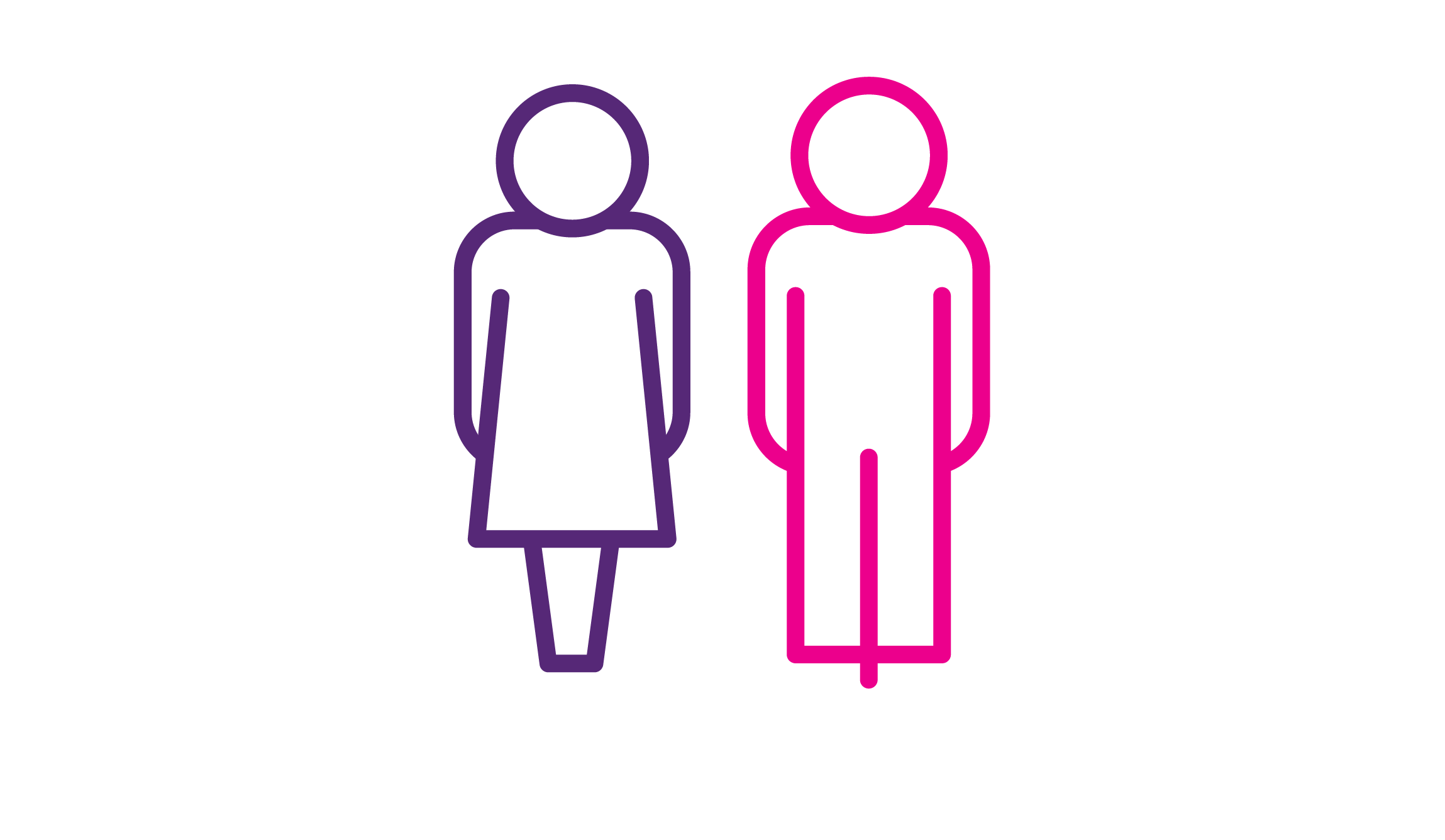
Cancer Cases
Cancer incidence rate refers to the number of new cancer cases occurring in a specified population during a given year, expressed as the number of cancer cases per 100,000 population.1
The incidence of cancer in the UK has increased over the past two decades, with 603 in every 100,000 people in the UK being diagnosed with the condition in 2018, compared to 438 in 1995.
This is slightly higher than the European average of 589 per 100,000 people in 2018 (ranging from 386 cases per 100,000 people in Cyprus to 687 per 100,000 people in Hungary).
Downloads:
Notes:
- There is no information available on the incidence rate for EU28 in 1995 as some country level data for 1995 was not available
- Incidence cases in 1995 were based on regional data in Germany (North Rhine-Westphalia, Saarland), France (Bas-Rhin, Calvados, Doubs, Haut- Rhin, Herault, Isere, Manche, Somme, Tarn), Italy (Ferrara, FVG, Latina, Liguria, Macerata, Modena, Parma, Ragusa, Romagna, Sassari, South Tyrol, Trento, Tuscany, Umbria, Varese), Spain (Balearic Islands, Basque Country, Girona, Granada, La Rioja, Navarra, Tarragona), and the UK (England, Northern Ireland, Scotland, Wales
Reference for text:
1. National Cancer Institute. Cancer Incidence Rates.
References for graphs:
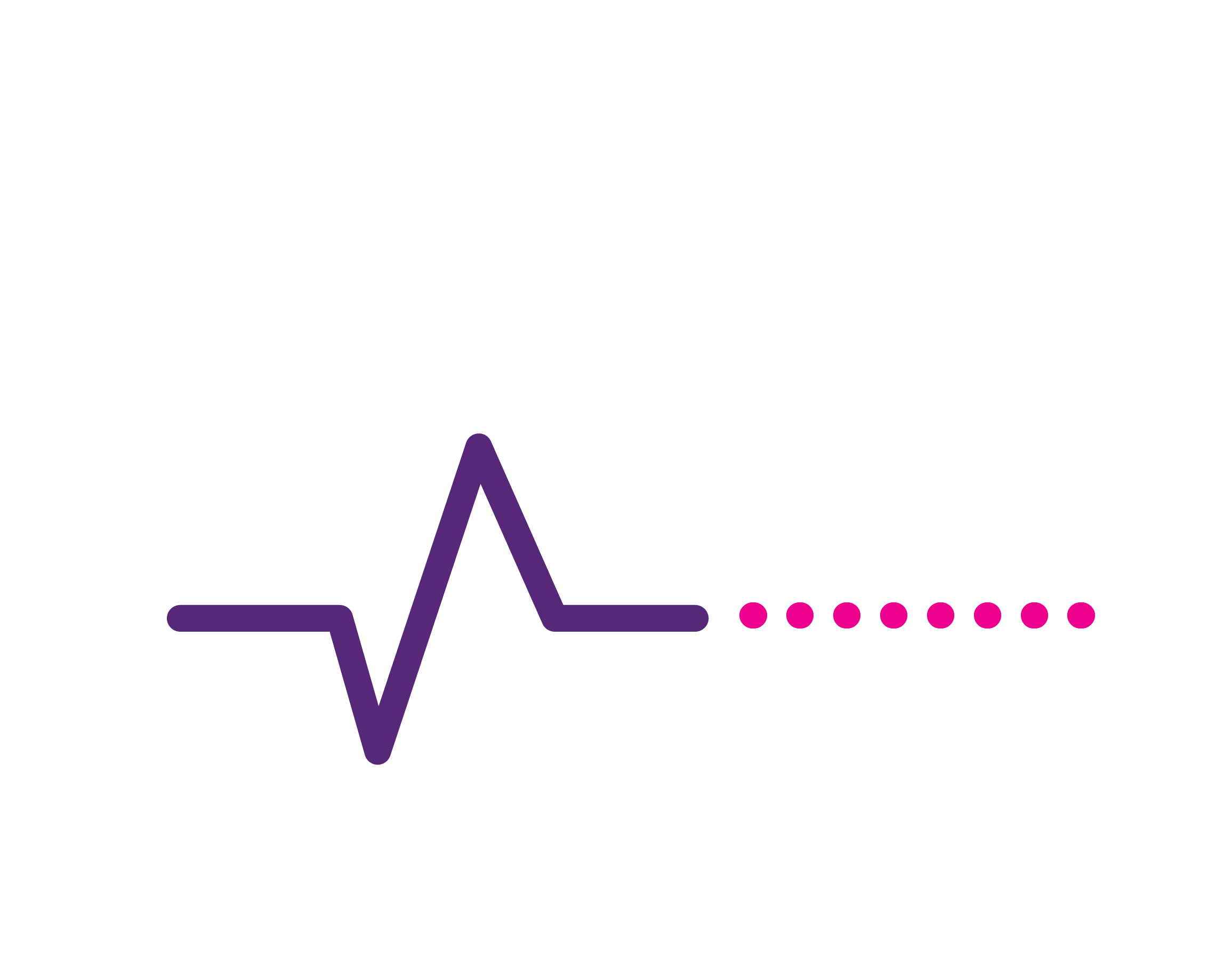 Cancer Deaths
Cancer Deaths
Cancer mortality rate refers to the number of deaths attributed to cancer occurring in a specified population in a given year, expressed as the number of cancer deaths per 100,000 population. 2
Whilst mortality due to cancer across Europe continues to increase, the UK is one of seven countries where overall cancer mortality has decreased since 1995, compared to 24 countries where mortality has increased.
The mortality rate in the UK has fallen from 273 deaths per 100,000 people in 1995 to 266 per 100,000 people in 2018.
Downloads:
Note:
- There was no available data for Cyprus in 1995
Reference for text:
2. National Cancer Institute. Cancer Mortality Rates.
References for graphs:
 Cancer Survival
Cancer Survival
Survival refers to percentage of people that were diagnosed with cancer in a given year and who were still alive after a defined period of time (here defined as 5 years or more after being diagnosed).3
In Europe, there have been continuous increases in 5-year survival rates for the most common cancer types in all countries. However, the size of the increase differs between countries.
Between 2010 and 2014, the UK ranked 17th amongst the 28 European countries studied for the 5 year survival post cancer diagnosis, with 63% of people surviving 5 years or more after receiving a cancer diagnosis (ranging from 50% survival in Bulgaria to 68% in Cyprus).
Downloads:
Notes:
- The data for each country pertains only to breast cancer, prostate cancer, lung cancer, colorectal cancer, skin cancer, lymphoid cancers and ovarian cancer
- There is no European average for 5-year survival because data for Greece, Hungary and Luxembourg is lacking
- The latest data collected by IHE was for the 2010-2014 5-year period
Reference for text:
References for graphs:
- Allemani, C et al. Global surveillance of cancer survival 1995-2009: analysis of individual data for 25 676 887 patients from 279 population-based registries in 67 countries (CONCORD-2)
- Allemani, C et al. Global surveillance of trends in cancer survival 2000-2014 (CONCORD-3): analysis of individual records for 37 513 025 patients diagnosed with one of 18 cancers from 322 population-based registries in 71 countries
 Spending on cancer
Spending on cancer
The economic burden of cancer can be measured in a number of ways including through the direct and indirect costs of cancer, percentage of overall healthcare budget spend on cancer and the cancer medicines budget.
Spending on cancer medicines per person in 2018
According to the data collated by the IHE, Western European countries tend to spend more on cancer medicines than Eastern European countries.
The UK ranked 16th out of the 29 European countries examined, spending £44 per person on cancer medicines in 2018 (ranging from £5 per person in Greece to £98 per person in Austria).
It should be noted that the below sales data represents the list prices of medicines and does not take into account any rebates agreed with individual healthcare systems.
Downloads:
Reference for text and graphs:
Direct and indirect costs of cancer per person in 2018
Direct costs of cancer include all the costs spent within the healthcare system, including screening, diagnostics, treatment and care. Indirect costs of cancer include resources lost due to inability to work because of the condition and premature death.
In 2018, the UK spent £159 per person per year in direct cost of cancer. This ranked 13th out of the 31 European countries analysed (ranging from £33 per person in Romania to £462 per person in Switzerland).
In relation to indirect costs, the UK ranked 16th out of the 31 European countries the report analysed, with £109 lost per person in 2018 (ranging from £29 lost per person in Bulgaria to £259 lost per person in Denmark).
Downloads:
Notes:
- There is no European average for spending on cancer medicines as there are no data available on spending on cancer medicines per person for Malta and Cyprus
- Cost of cancer medicines per capita (in 2018 price levels and exchange rates)
- Sales value as list price not taking into account any rebates agreed with individual healthcare systems
Reference for text and graphs:
Proportion of healthcare budget spent on cancer between 1995 and 2018
The proportion of healthcare budget allocated to cancer has remained stable in the UK, with the country spending 4.9% of its healthcare budget on cancer in 1995 and 5% in 2018.
Last modified: 20 September 2023
Last reviewed: 20 September 2023
